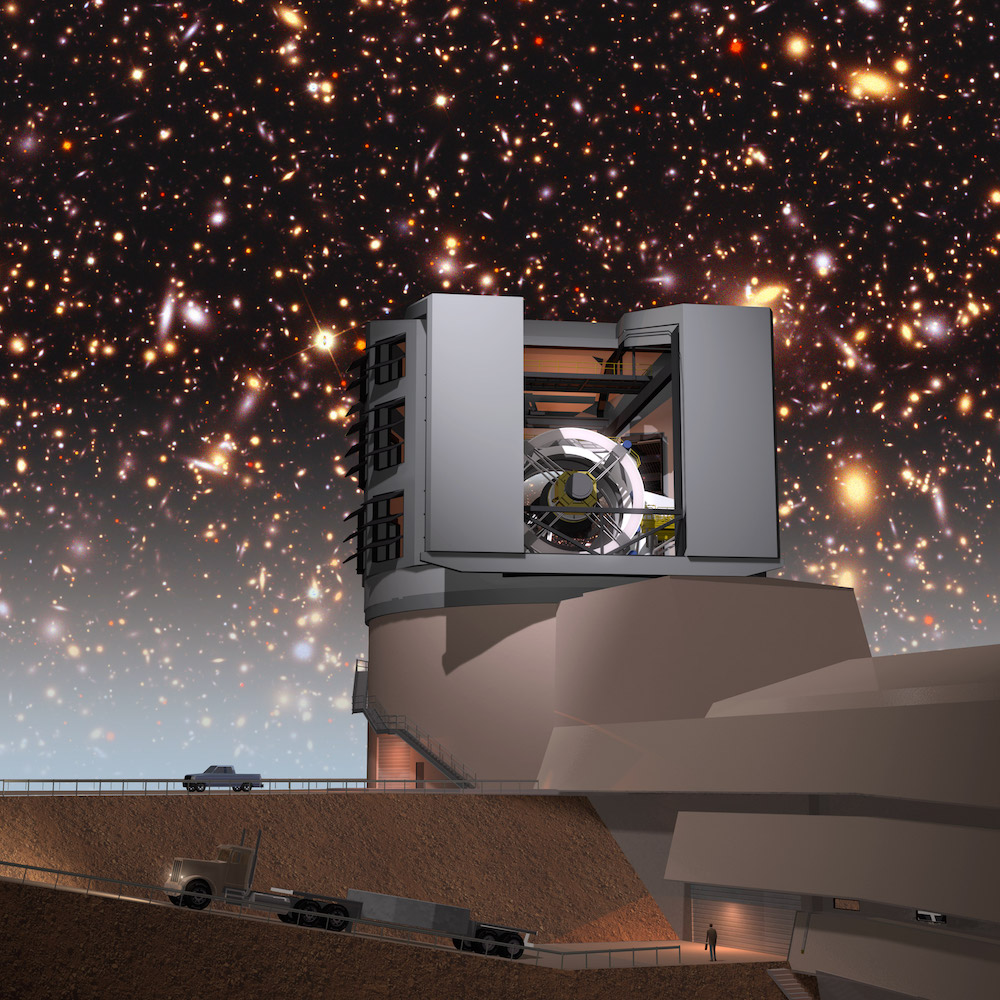Human Perspective on the Universe
It’s amazing to think about how the ideas we’ve discussed about stars, galaxies, and the universe would have astonished most of our ancestors. Remember that, for most of human history, people generally assumed that Earth was the center of a relatively small universe. But our perspective has shifted dramatically in the past 400 years. First, we learned that Earth is a planet orbiting the Sun, thanks especially to the work of Copernicus, Tycho, Kepler, and Galileo.
Galileo, who was the first person to build telescopes for studying the night sky, expanded our view of the universe further when he looked at the Milky Way. To our eyes, the Milky Way is just a milky band of light, but through his telescope Galileo discovered that it is composed of many individual stars. As you have already learned, this discovery showed that the universe was much larger than had previously been thought.
As time passed, people built larger and better telescopes, which enabled them to discover many other objects in the night sky, including the spiral-shaped structures that we now know to be other galaxies. However, for a long time, telescopes were not yet powerful enough to show whether the spirals were distant collections of stars or gas clouds residing within the Milky Way. As a result, there was a great scientific debate about whether the Milky Way represented the entire universe, or whether it was just one of many similar galaxies in the universe. The debate was finally settled in 1924, when Edwin Hubble used what was then the world’s largest telescope to prove that the Andromeda spiral was in fact a distant collection of individual stars.
These new telescopes are expected to make many new discoveries that will further expand human perspective on the universe.

Suddenly, there was no doubt that our Milky Way is just one small part of a vast universe. In fact, when you remember that there are more than 100 billion galaxies in our universe, you’ll realize that Hubble’s discovery effectively made us understand the universe to be more than 100 billion times larger than we had known it to be before. And this was only a century ago! Who knows what other amazing discoveries may await us during your lifetimes?

